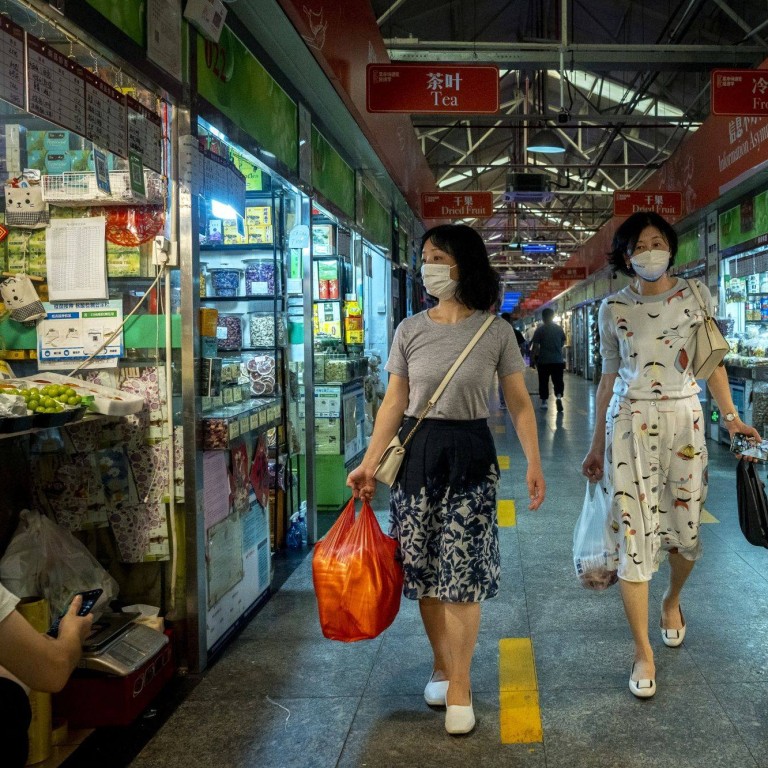
China can’t ignore the US’ rising interest rates – it is not Japan
- Japan, which has been trying to raise the inflation rate for decades, is sticking to an ultra-loose monetary policy in the face of US hawkishness
- In China, such an approach carries the risk of rising capital outflows, renewed depreciation of the yuan versus the US dollar and unwanted inflation
From an investment perspective, monetary policy trajectories in different jurisdictions have to be assessed on a cross-border basis.
In turn, given that Japan, like China, is a massive importer of energy and raw materials, which are priced in US dollars, such yen weakness has exacerbated the inflationary impact on the Japanese economy from commodity prices that were anyway rising in greenback terms.
That’s not a problem for Tokyo, at least not for now, as Japanese policymakers have been seeking to generate sustainable 2 per cent consumer price inflation (CPI) in Japan for decades, albeit with little success.
But Japan is an exception when it comes to the issue of inflation.
When unemployment for those aged 16-24 is at almost 20 per cent, shaving a mere 0.1 per cent of that repo rate, and other similarly pitched incremental adjustments to monetary policy, is akin to trying to prune a banyan tree with bonsai scissors. The intent is clear but the effect is likely to be minimal. However, it is not misguided.
China’s economic requirements might justify easier monetary policy but the PBOC has to take the broader view, especially when the Federal Reserve is still in full tightening mode.
The higher US interest rates go, with the PBOC easing monetary policy, the greater the risk that capital outflows from China rise. Investors may shift money in pursuit of higher nominal US yields. In the process, that could encourage renewed depreciation of the yuan versus the US dollar on the foreign exchanges, increasing the risk that the Chinese economy then imports unwanted inflation through the commodity imports channel.

Indeed, as Japan’s experience illustrated, in the years after its own asset bubble imploded in 1989, the BOJ’s subsequent recourse to ultra-accommodative monetary policy in practice allowed so-called zombie firms – unproductive and technically insolvent companies – to remain nominally in business but to the detriment of the Japanese economy as a whole.
Anti-inflation missiles make a global debt crisis seem inevitable
Fast-forwarding to the United States in 2022, the Federal Reserve has so far raised US interest rates by 225 basis points this year, to a target range of 2.25-2.50 per cent – quite a move, but with US annualised CPI in July at 8.5 per cent, there’s no way current Fed policy settings can plausibly be characterised as restrictive.
Approaching this week’s Jackson Hole central bank symposium, Fed policymakers might differ on how much higher US interest rates need to go, but they all agree that they must still rise.
That spectre of yet higher US interest rates is one that the PBOC cannot ignore in its own monetary policy calculations.
Neal Kimberley is a commentator on macroeconomics and financial markets

